


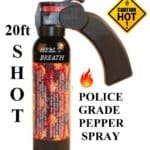




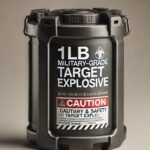

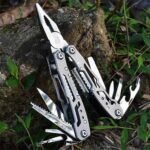
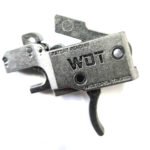

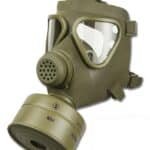
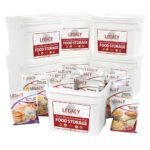



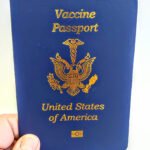
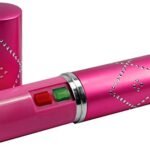
Survival supplies are essential for emergency situations where access to basic necessities such as food, water, and shelter may be limited or unavailable. These situations can occur as a result of natural disasters such as earthquakes, hurricanes, and floods, or due to other unexpected events such as power outages, economic downturns, or civil unrest.
Having survival supplies on hand can help individuals and families to stay safe and comfortable during these emergency situations. They may include items such as non-perishable food, water, first aid kits, flashlights, batteries, blankets, and other essentials.
By being prepared with survival supplies, individuals can reduce the risk of injury, illness, and even death during an emergency. It can also help to reduce the burden on emergency services, allowing them to focus on those who are in the most critical need.
Overall, having survival supplies is an important part of emergency preparedness and can help individuals and families to stay safe and self-sufficient during unexpected events.
Prioritization:
Shelter and water: Focus on having a plan for these two above all else. They are crucial for survival.
Quantity: Consider including a specific amount of time you’d like to be prepared for with each item. For example, a 3-day supply of non-perishable food is a good starting point.
Specialized Needs: including any medications, personal hygiene items, or baby supplies specific to your situation.
Additional Considerations:
Cash: Small bills can be helpful in emergencies.
Documentation: Copies of ID, insurance cards, and important documents can be irreplaceable.
Fire starter: Items like lighters, matches, or flint and steel can be essential for warmth and cooking.
Remember:
Practice: Test your gear and make sure you know how to use everything in your kit.
Rotate supplies: Regularly check expiration dates on food and medication and replace them as needed.
By following these tips, you can create a well-rounded survival kit that gives you peace of mind and the tools you need to handle an emergency.
When it comes to survival supplies, it’s important to have the essentials to ensure your basic needs are met. Here are some key items to consider:
Water: You need to have a way to purify water, such as a water filter, purification tablets, or a boiling method. You should also have water storage containers.
Food: Non-perishable food items that have a long shelf life, such as canned goods, dry fruits, nuts, and energy bars.
First Aid Kit: Basic first aid supplies, including bandages, antiseptic, pain relievers, and any necessary medications.
Shelter: A tent, tarp, or emergency blanket to protect you from the elements.
Clothing: Clothing appropriate for the climate and season. It’s important to have layers to adjust for temperature changes.
Tools: A knife, multi-tool, axe, and/or saw for cutting wood and other materials.
Lighting: Flashlights, headlamps, and extra batteries.
Communication: A whistle, signal mirror, and/or flares to signal for help.
Navigation: A map, compass, and/or GPS device to help you navigate your surroundings.
Personal hygiene items: Toilet paper, hand sanitizer, soap, and other hygiene items.
These are just some of the essential items to consider when preparing survival supplies. It’s important to tailor your supplies to your specific needs, such as any medical conditions or special dietary needs. It’s also important to regularly check and update your supplies to ensure they are still usable and up-to-date.
Long-term survival supplies are meant to sustain you for an extended period of time, typically at least several months or even years. These supplies are intended to help you survive in situations where access to basic necessities, such as food, water, and shelter, may be severely limited or completely cut off.
Some key items to consider for long-term survival supplies include:
Overall, long-term survival supplies are intended to help you sustain yourself and your family for an extended period of time in the event of a disaster or emergency situation. It’s important to plan and prepare ahead of time to ensure you have the necessary supplies and resources to meet your needs.